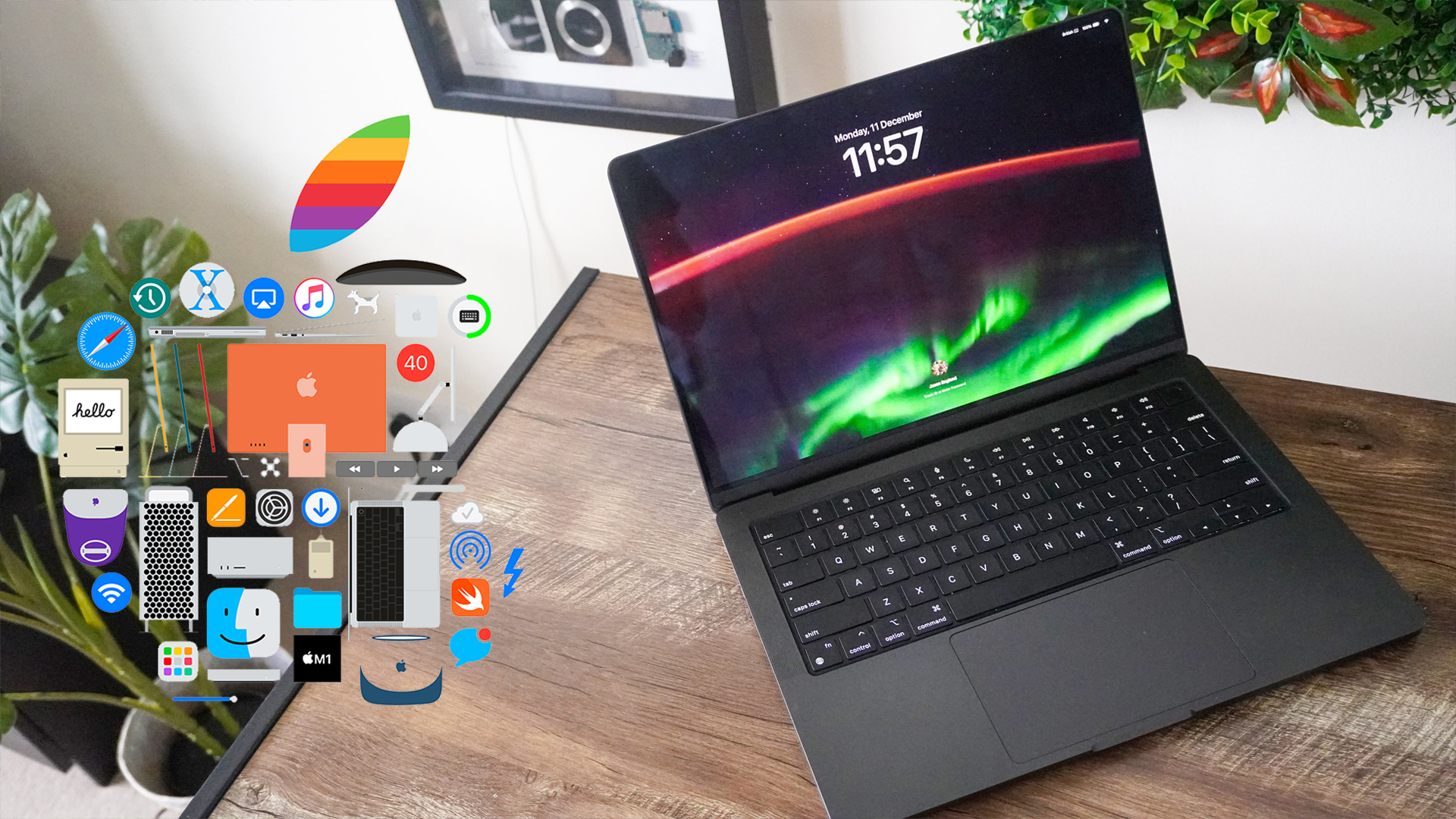
When I sat behind my first MacBook in the Autumn of 2006 — working on a short film project for my Media Studies A-Level (ask your British mates) while sneakily listening to my iPod Nano via a headphone cable fed through the sleeve of my shirt, there was no turning back.
Now, I sit here far older (with more gray hair than I care to admit), and continue to type away on an Apple machine — specifically, the M3 Pro MacBook Pro. There’s just something that feels far more slick to the UI of MacOS and the creative apps that come out of Cupertino like Final Cut Pro that keeps drawing me back in.
However, the history of Mac spans far further back than my own lifetime, and as Apple celebrates 40 years of its computers, let’s take a trip back to the nine biggest moments of the Mac’s life (so far).
Macintosh - 1984
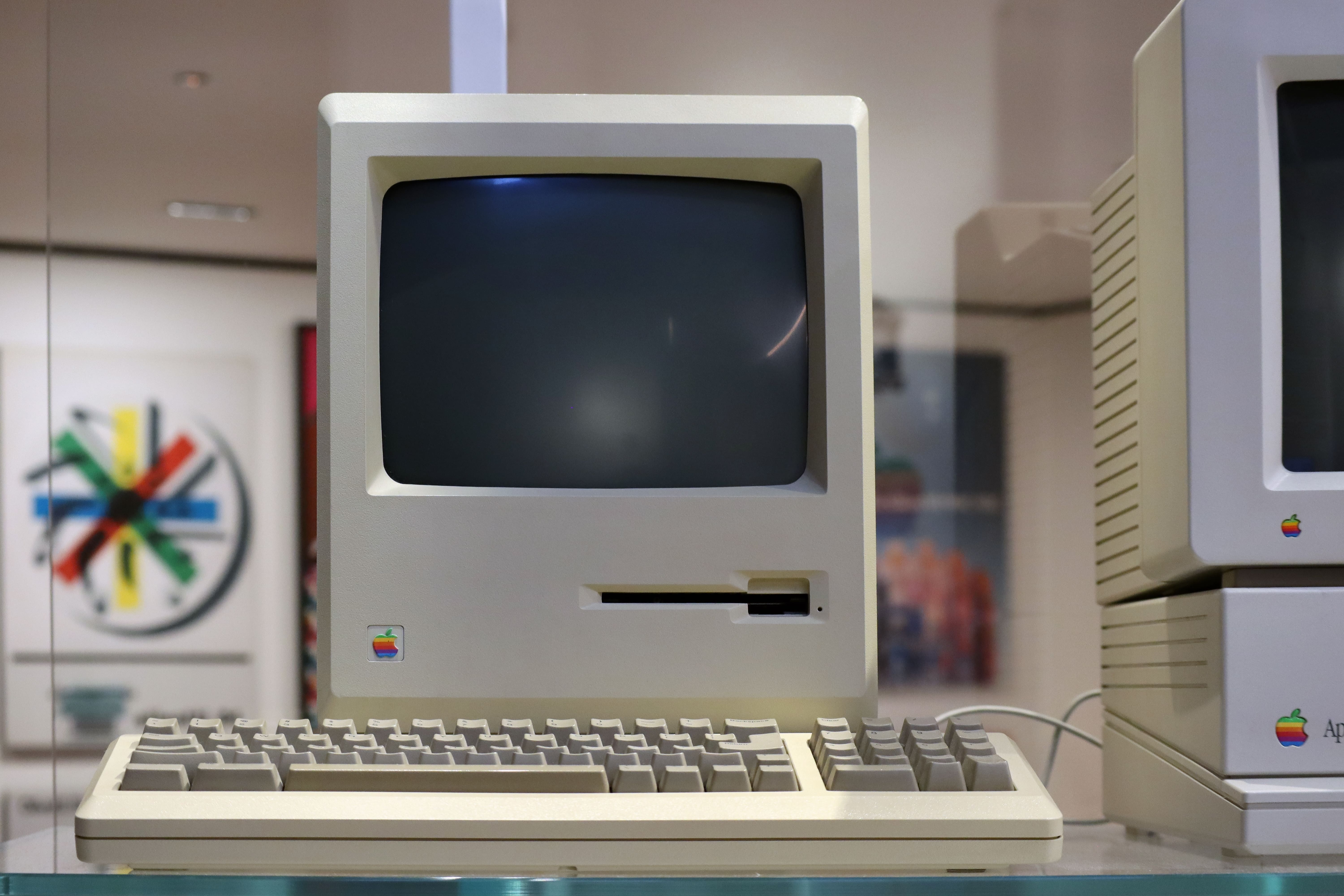
We can’t document the life of the Mac without mentioning the original that started the whole craze. Developed by a skunkworks team at Apple (with work starting when Steve Jobs was removed from the Lisa team in 1981), and launched on this day in 1984, this brought computing to the masses.
The specs (at the time) were good, but there were some limitations. For context of how far we’ve come, the original Macintosh packed a 7.8 MHz Motorola 68000 CPU, 128KB of RAM, a 9-inch display with 512 x 342-pixel resolution, and no internal storage whatsoever — meaning everything had to fit on a 3.5-inch floppy disk.
But the true beauty of the system came in two critical parts: the OS interface and the marketing machine. There was nothing out there in 1984 that offered the same intuitive graphical user interface (GUI) like the Mac, and it made the idea of owning a personal computer accessible to all — not just the nerds that knew their way around MS-DOS.
And do I even need to mention that Super Bowl spot? Some would call it a breakthrough in advertising, while others would describe it as shamelessly self indulgent. Whichever side of the aisle you stand, it’s certainly one of the most memorable commercials of the last 40 years.
Macintosh Portable - 1989
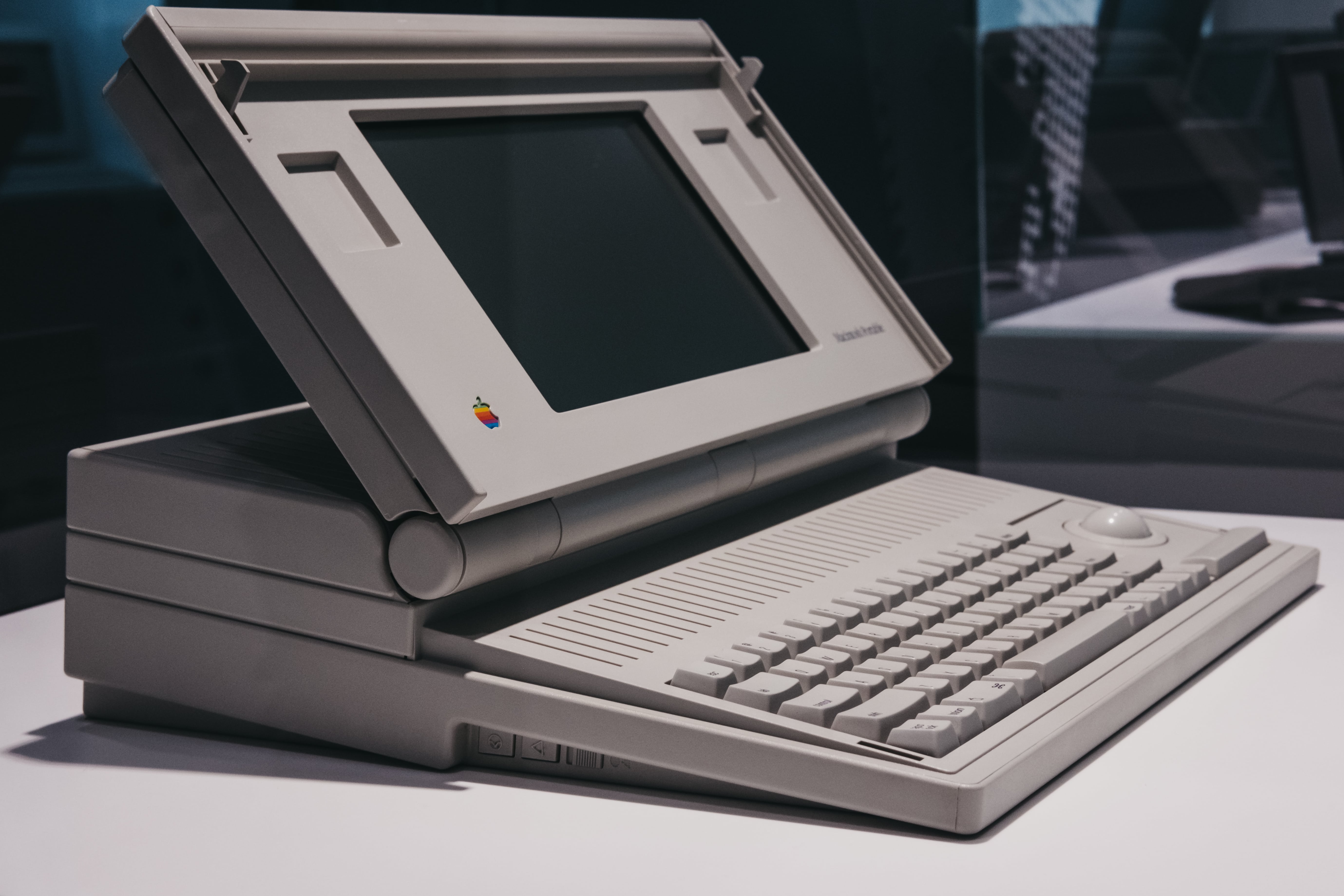
Apple proved its mettle in the desktop computer space, but what about going portable? Enter the logically named Macintosh Portable — launching five years after the original Mac and bringing the first iteration of some of the tech we see today in not only laptops, but desktops too.
First off, there’s the introduction of that 40MB hard drive. This was a big step up in user friendliness from just relying on the floppy drive for any apps and functionality. On top of that, the Motorola 68000 had been tuned up to 16 MHz, and RAM was customizable from 1-9MB. Plus, the display got an upgrade too to a 9.8-inch active matrix LCD with 640 x 400-pixel resolution.
At 16 pounds, this was definitely not an ultraportable like today’s line of MacBooks, but this is where the laptop ambitions were born in Cupertino.
iMac G3 - 1998
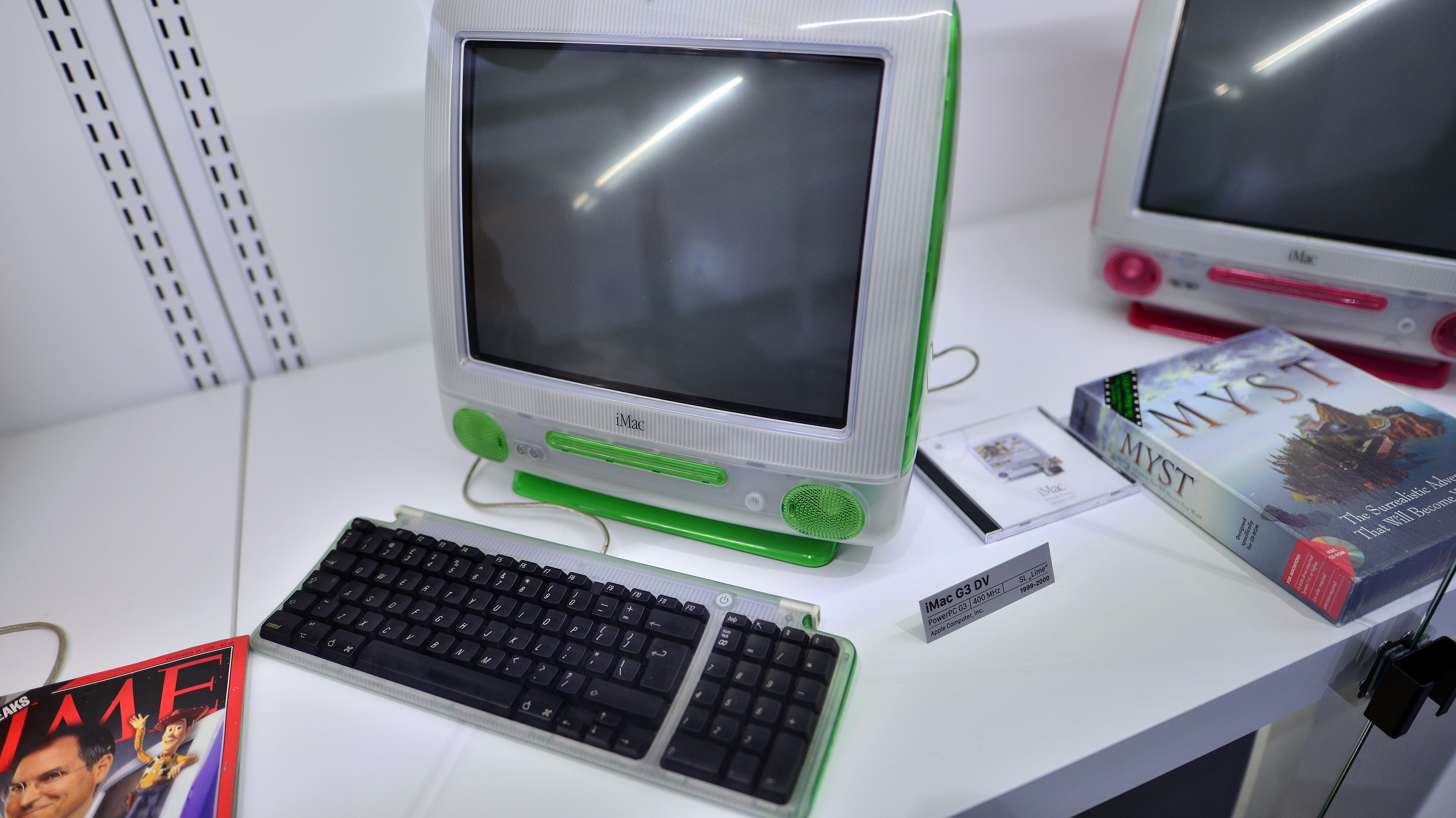
Jobs had quite a wild few years in the 90s — from being forced out of Apple and heading up NeXT, to returning to Cupertino with only weeks to save his original company from the tailspin it found itself in. Upon heading back, projects were canned left, right and center, and from the simplified product strategy rose (arguably) one of the coolest all-in-ones to debut.
You see, as the world had become accustomed to off-white family computers, which were usually riddled with viruses after trying to download stan.mp3.exe for the 100th time (sorry, Mom), Apple came in with a drop-dead gorgeous translucent design with only a power cable showing out the back for operation.
It was a leapfrog in product design, and while the specs weren’t anything to write home about at the time — a 233 MHz G3 processor, RAM starting at 32MB, and a 4GB HDD — these and the introduction of USB ports were more than enough to put Apple back on the straight and narrow.
iBook G3 - 1999
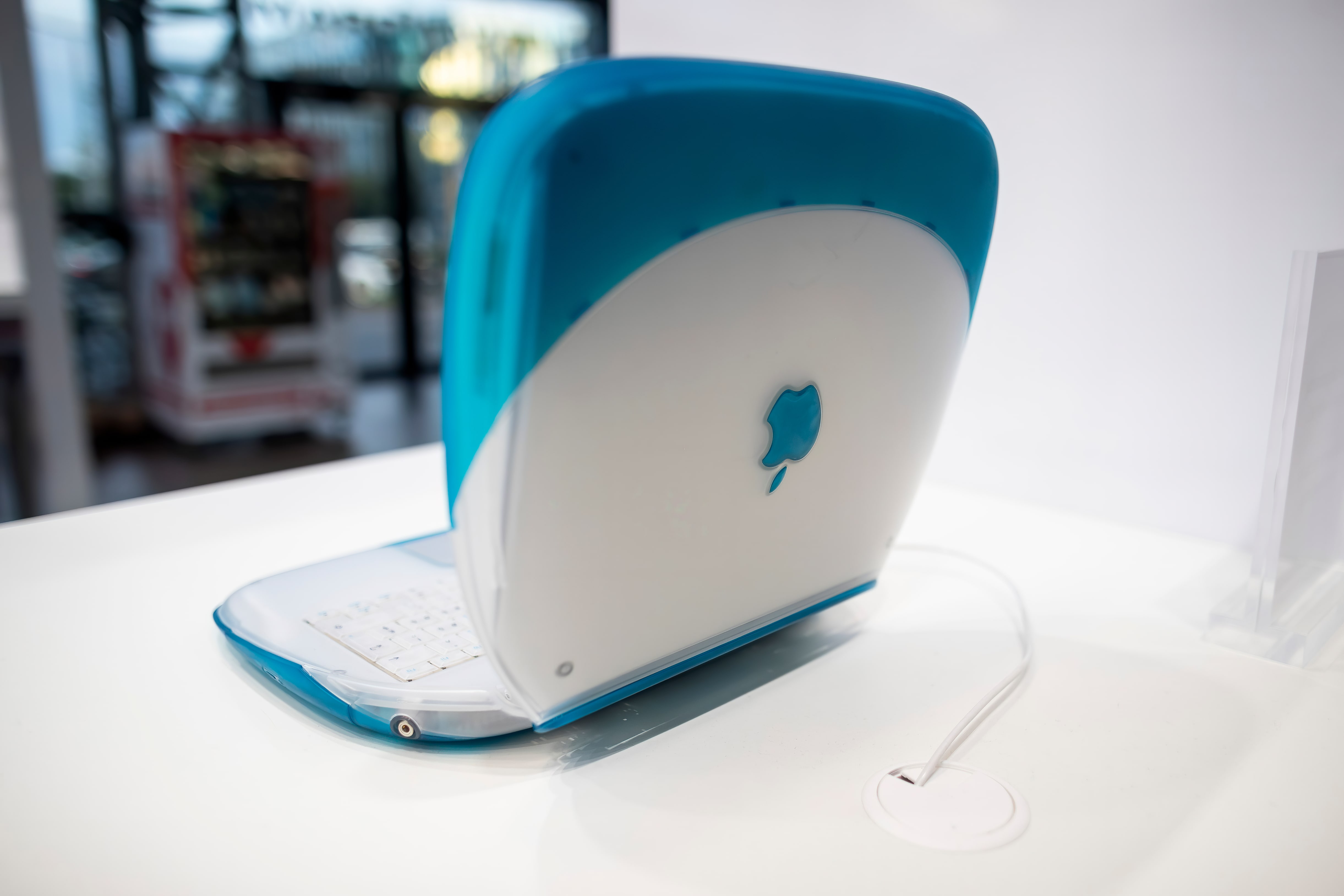
Following the company taking the desktop PC market by storm with translucency, it was the turn of laptops to get a revamp, and oh boy were we thrown a curveball. I remember the rich kid at my school walking in with an iBook G3 and feeling so insanely jealous of him opening up this bold and beautiful clamshell system.
From the rubberized pops of color for drop protection to the fold-out handle, there was nothing out there quite like this, and in terms of eye-catching product design, I’d argue that not a single system has quite matched the high that Apple reached here.
Looking inside, you’ve got a 300MHz PowerPC G3 processor (still chuckling every time I have to write about megahertz), a TFT LCD panel, 32MB of RAM, and up to a 6GB HDD. With power like that, and an irresistible aesthetic, it’s no wonder that this became a regular sightiny in schools and colleges alike.
Mac OS X - 2001
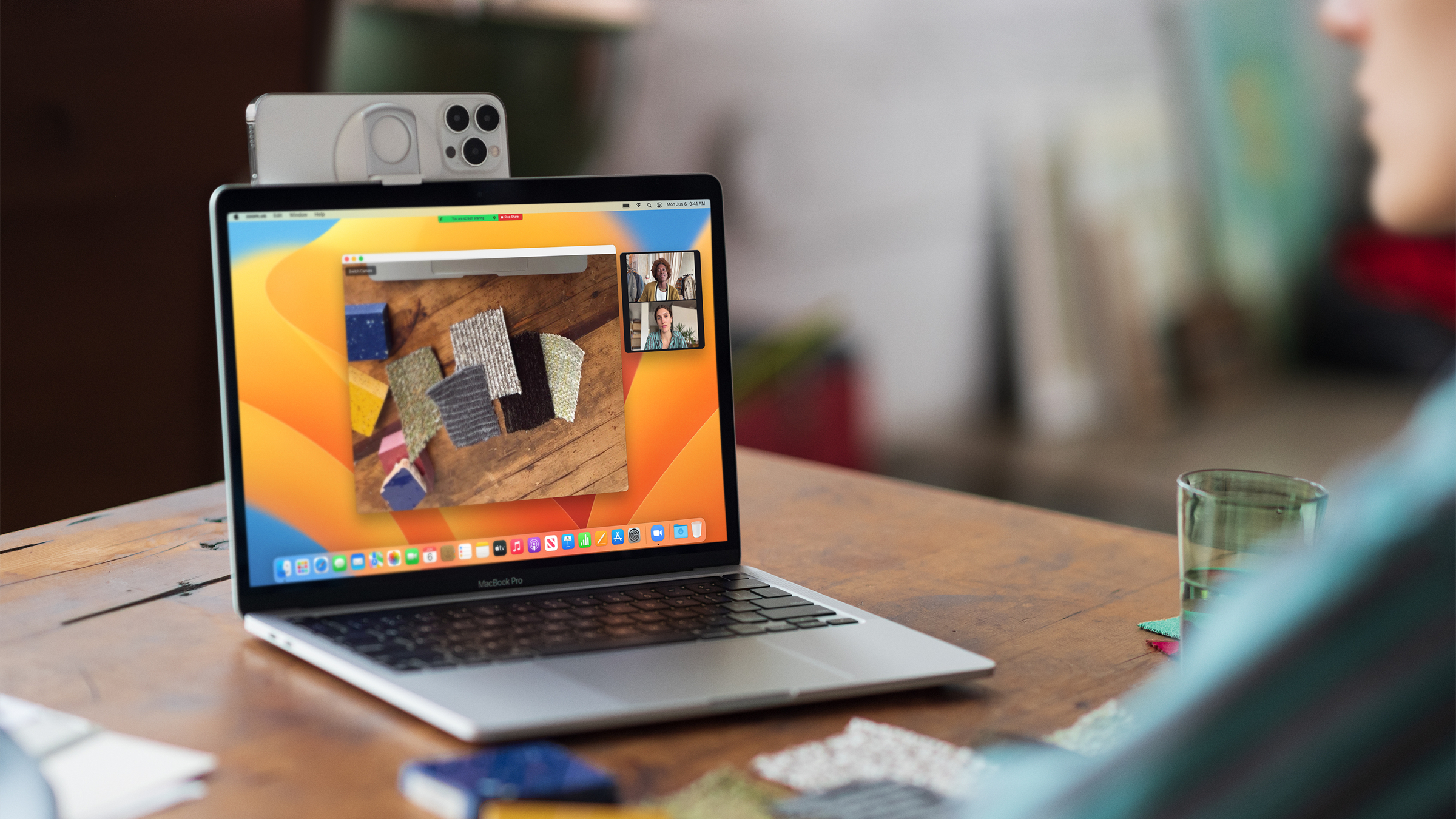
It’s rare you’ll find an OS release that has made as much of an impact as OS X — so much, in fact, that its DNA continues to run to this day in Sonoma. You could say the same is the case with Windows, but Apple’s UI fundamentals have not changed one iota since this original release.
From the Aqua interface that defined the OS’ design language to the annual drumbeat of releases that added far more features to make it the center of a so-called “digital lifestyle,” this quickly became the lifeblood of every system and the reason so many users swore by Apple.
And let’s be real here. Microsoft spent a good long while trying to replicate a lot of its features with Windows Vista. There were reports of Microsoft executives being “shocked” at a number of features in Mac OS X Tiger, such as the spotlight search and faster graphics, which were two key things Redmond struggled with for years. If you have copycats, you know you’re doing something right.
MacBook Pro - 2006
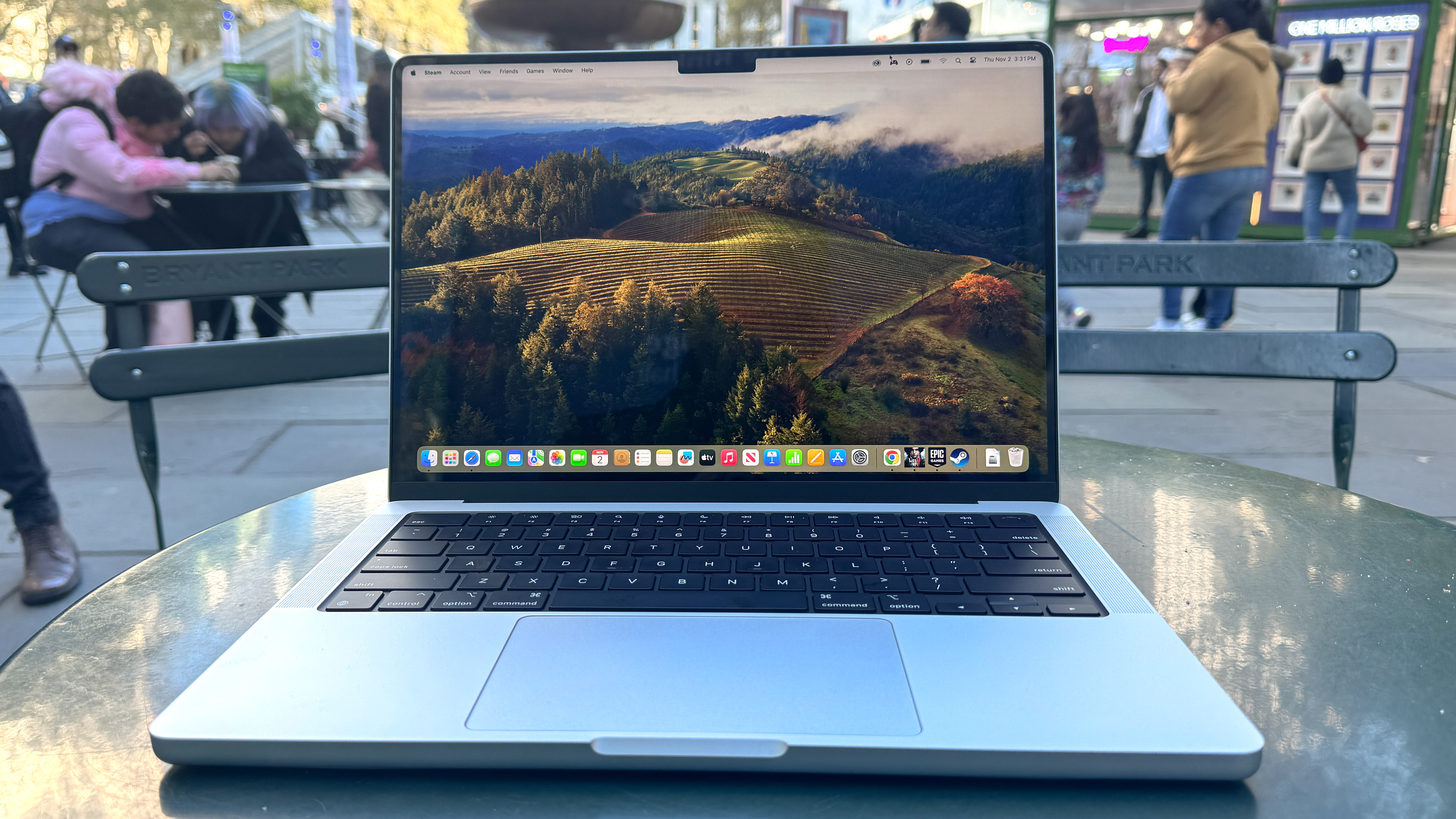
The name synonymous with power for creative pros — the MacBook Pro has existed for nearly 20 years now, and it all started in January 2006. But its debut meant so much more than its name.
You see, this 15-inch monster heralded the birth of Intel Macs. In ditching the PowerPC chips, Apple also ditched the PowerBook name in favor of something a little cleaner and aligned with the desktop side of things.
Beyond packing Intel inside (get it?), this prosumer system packed one key feature that has become adored the globe over — MagSafe. Being able to charge with a magnetically-linked cable that would just pop off if someone’s foot got caught on the wire was huge for clumsy people like me. It was so popular in fact, that we were all begging for its return when Apple made the decision to ditch it in favor of Thunderbolt.
MacBook - 2006
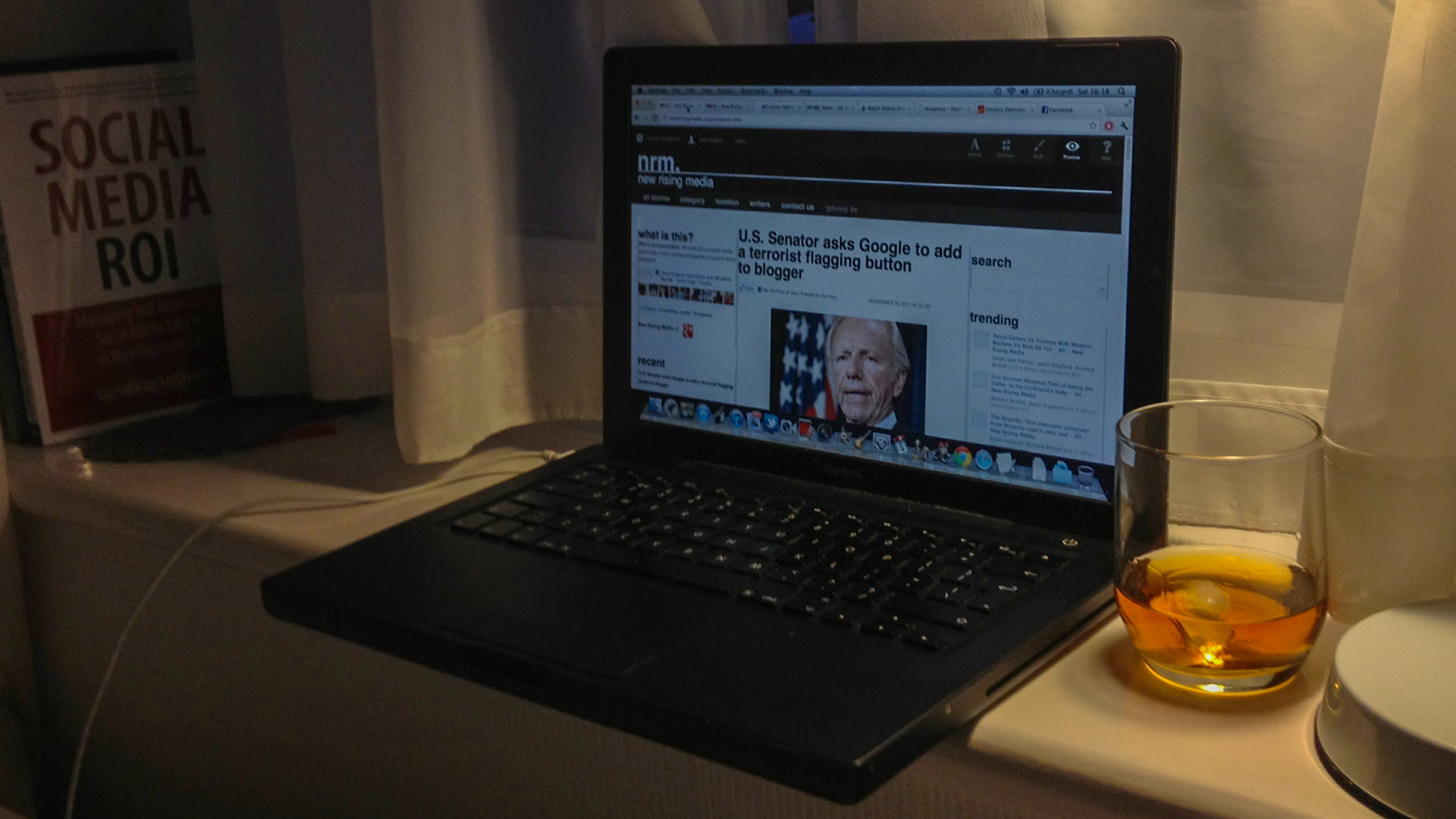
Now, it’s the turn for a cheaper MacBook to make its grand old debut, and continue Apple’s forward march in lockstep with Intel. The plastic shell with a light-up logo on the back became something you saw in lecture halls across the globe, as it became the best-selling laptop of any brand in U.S. retail stores for a few months.
Launched in May, the polycarbonate shell made it impressively durable for those who would rough house their tech, which protected the new 32-bit Intel Core Duo processor inside. Up top, you’ll find a 13.3-inch LCD screen with 1280 x 800-pixel resolution and a 16:9 aspect ratio.
This one is a little more personal to me, as it was the first MacBook I personally owned. I’m not quite sure what grabbed me first about this machine: the sleekness of the hardware and software combined, or the free suite of creative software like iMovie and Garageband that allowed me to fully indulge my inner emo and record my band.
MacBook Air - 2008
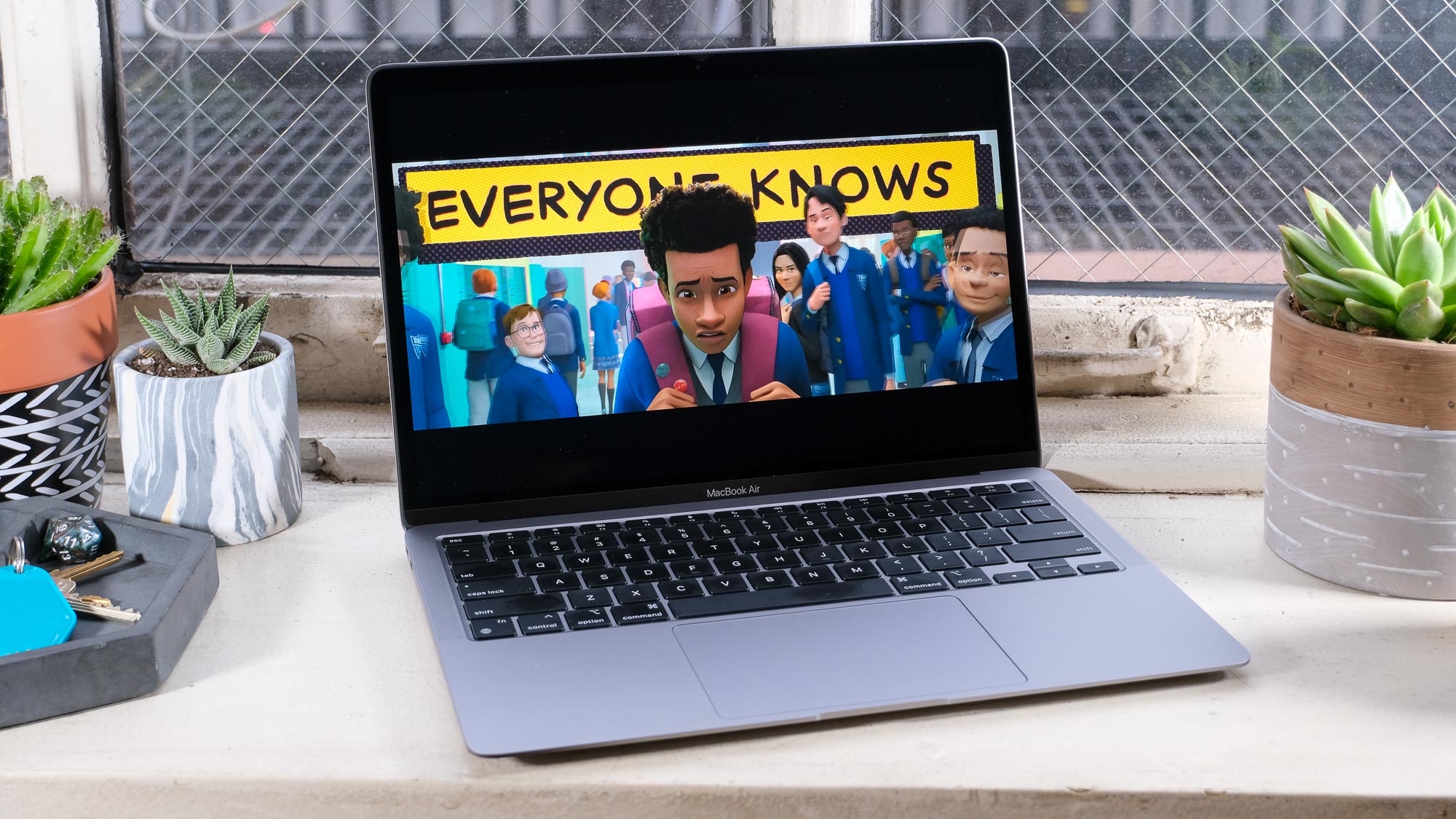
Because of the MacBook Air, I’ll never look at a manilla envelope in the same way again. The moment Jobs revealed this insanely thin laptop, he ushered in a new era of ultra portability that took on the netbook’s stranglehold on the industry.
The Air also drove some big changes in laptop hardware that we now take for granted, but were subsequently laughed at back in the day — gone was a built-in DVD drive, and (for a premium, you could opt for an SSD over the standard hard disk drive).
Outside of just how sleek this machine was, these were the two biggest changes that defined how Macs worked going forward. Then things ticked on with various iterative developments, redesigns like the aluminum unibody, and some missteps like the Touch Bar. That is until we got to 2020.
Apple Silicon - 2020
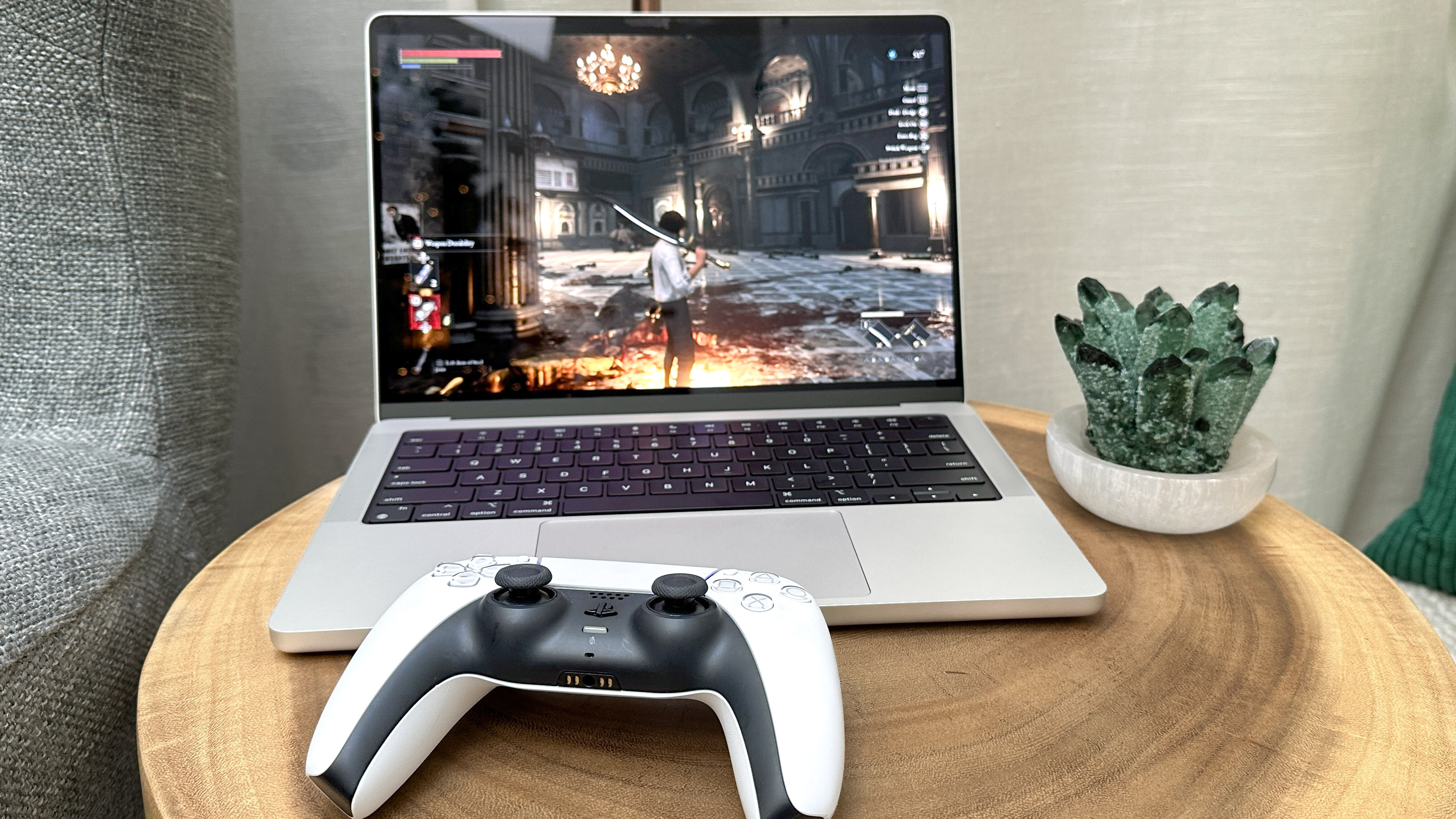
Apple’s machines have been loved by people such as myself throughout their entire lifespan, but there was always one Achilles heel: the Intel chips. The battery life sucked and heat dissipation in these unibody constructions always led to systems like my 2012 13-inch MacBook Pro sounding like it was about to take off.
That all changed at the end of 2020, when the company took its knowhow in making powerful silicon for iPhones, and pointed it all at developing computer chips. I’ll always remember switching on my M1 MacBook Pro for the first time, firing up Final Cut Pro and exporting my first YouTube edit. The channel I ran was rather geeky, so we’re talking a 20-minute 4K video with a ton of transitions and color-graded B-roll, and the difference in export time between my previous Intel MacBook Pro (over an hour) and M1 (13 minutes) floored me.
What baffled me even more was the stamina. In the before years, if I was typing this on a MacBook Pro without having a charger on me (such as right now), I would probably be having a mild panic attack.
But yet, this 13-inch mini monster felt more like an iPad in its longevity, in that it had what I would call worry-free battery life. I had confidence it could last an entire day at work — both without breaking a sweat or dying a death, even under more intense pressure.
Fast forward a few years, and things are only getting better with the likes of the M3 MacBook Pro. This move to Apple silicon has been the rebirth the Mac needed after its Intel-based limitations, and the only way is up for their capabilities as some of the best laptops (and desktops) you can buy right now.







